NOURIEL ROUBINI

NEW DELHI – India is poised to become the world’s most important country in the medium term. It has the largest population (which is still growing), and with a per capita GDP that is just one-quarter that of China’s, its economy has enormous scope for productivity gains. Moreover, India’s military and geopolitical importance will only grow, and it is a vibrant democracy whose cultural diversity will generate soft power to rival the United States and the United Kingdom.
One must credit Indian Prime Minister Narendra Modi for implementing policies that have modernized India and supported its growth. Specifically, Modi has made massive investments in the single market (including through de-monetization and a major tax reform) and infrastructure (not just roads, electricity, education, and sanitation, but also digital capacity). These investments – together with industrial policies to accelerate manufacturing, a comparative advantage in tech and IT, and a customized digital-based welfare system – have led to robust economic performance following the COVID-19 slump.
Yet the model that has driven India’s growth now threatens to constrain it. The main risks to India’s development prospects are more micro and structural than macro or cyclical. First, India has moved to an economic model where a few “national champions” – effectively large private oligopolistic conglomerates – control significant parts of the old economy. This resembles Indonesia under Suharto (1967-98), China under Hu Jintao (2002-12), or South Korea in the 1990s under its dominant chaebols.


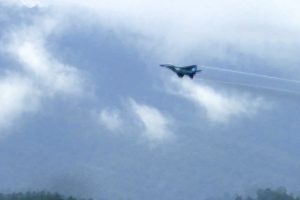




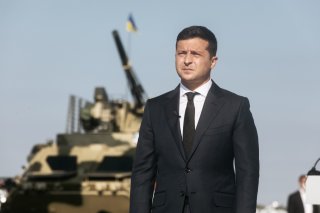


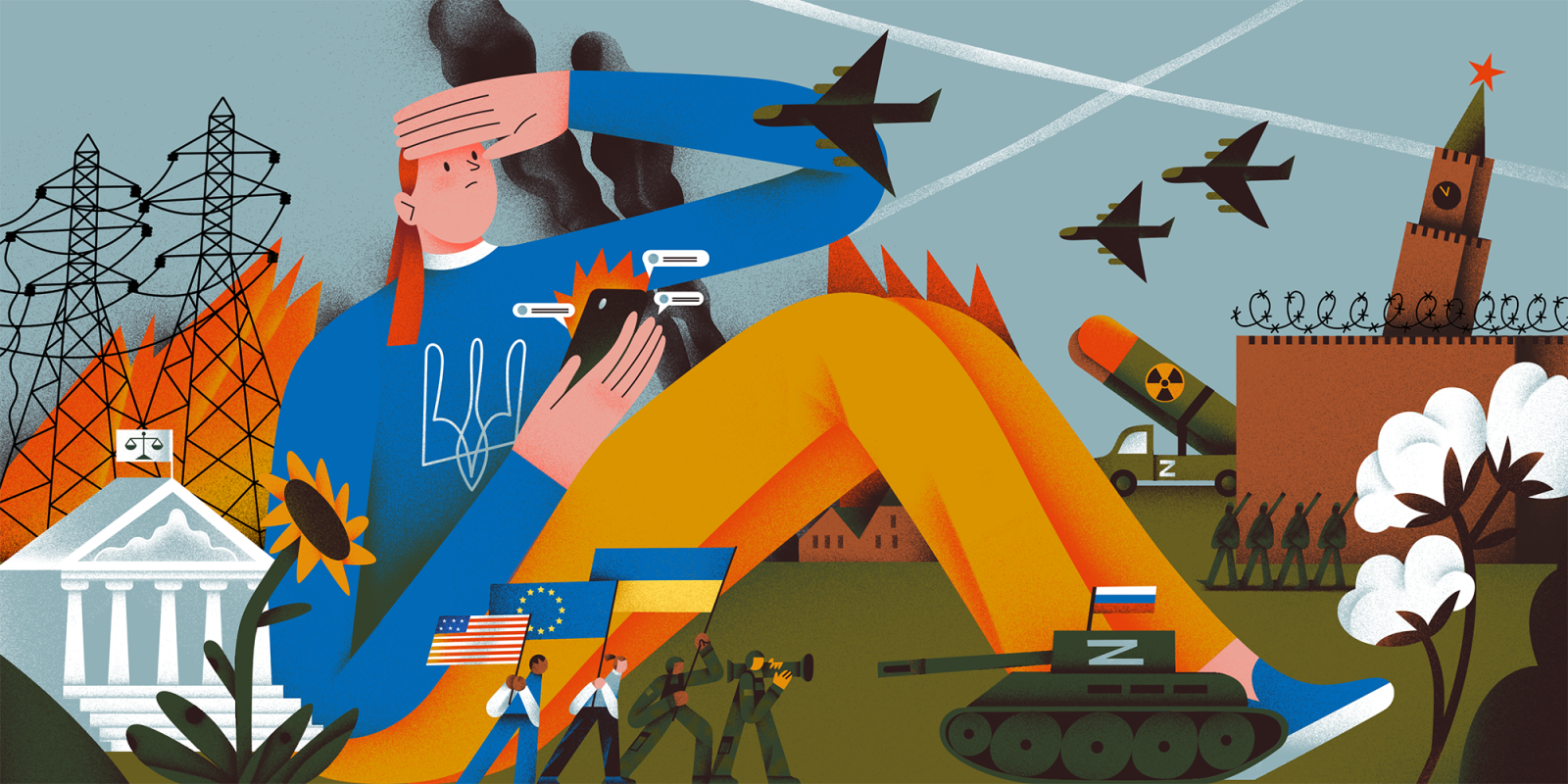
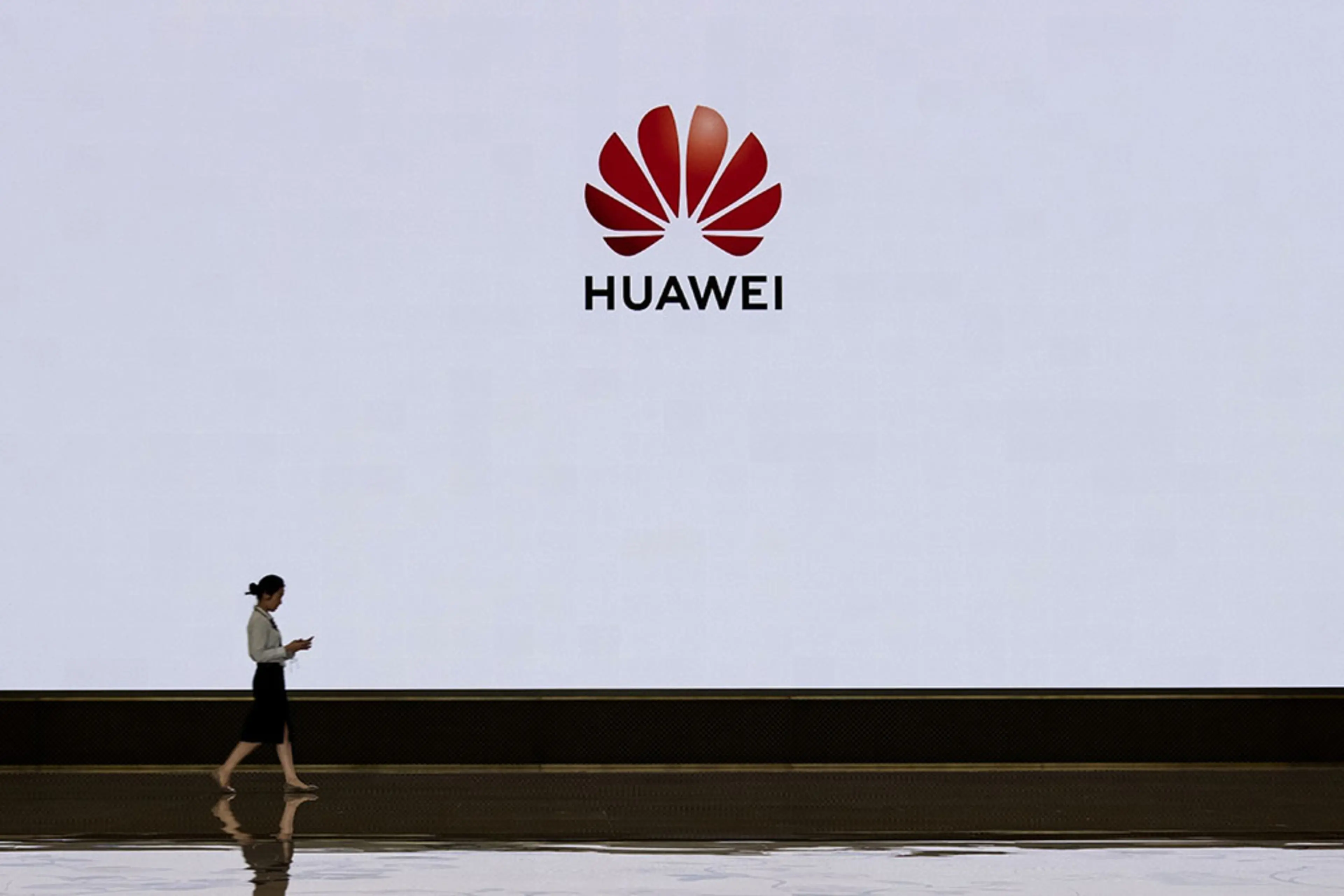
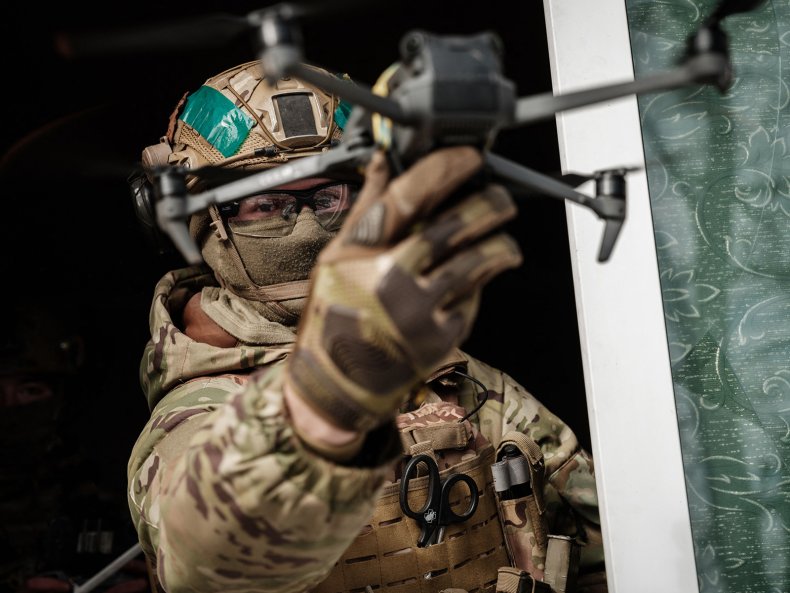




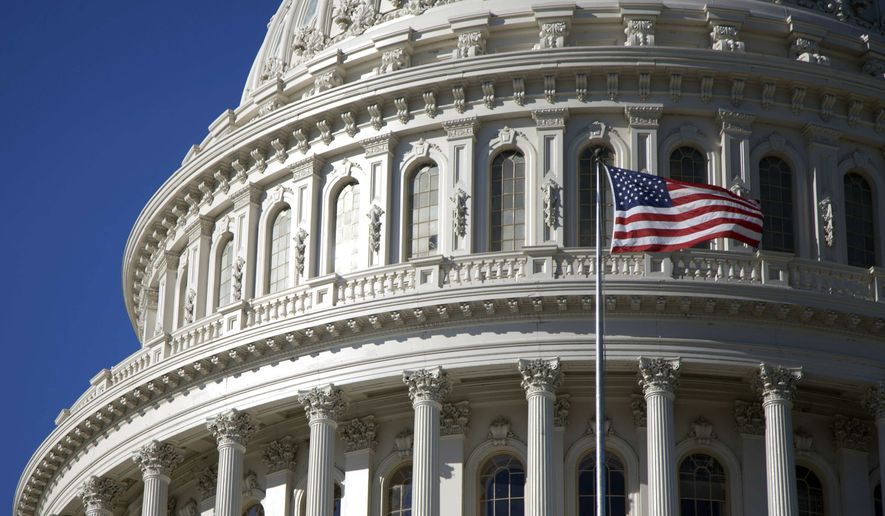
:quality(100)/cloudfront-us-east-1.images.arcpublishing.com/thesummit/DNCWUHVQ65HUFAY4C3NA3E26HA.jpg)

